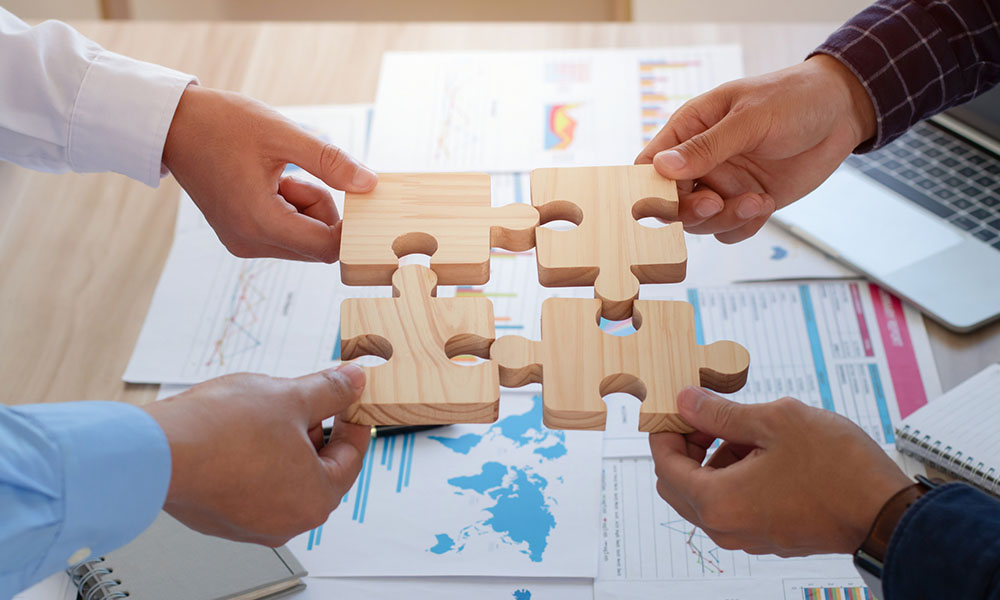Bure Valley Group is an investment introducer platform which links successful investors with exciting, innovative UK startups seeking funding. This content is for information purposes only and should not be taken as financial or investment advice.
Economics is often studied from a “macro” or “micro” perspective. Yet, what does this field have to say about startups? How might these insights help early-stage founders and their investors to make wiser strategic decisions?
Below, we offer 4 insights from economic theory which bear upon startups. We hope this content is useful to you. To learn more about our EIS projects and other early-stage opportunities, visit our portfolio page. For enquiries regarding our latest projects and funding, you can reach us via:
+44 160 334 0827
[email protected]
#1 “Normal” and “inferior” goods
Traditional thinking in economics states that demand for a product or service will rise if incomes rise. However, this relationship depends heavily on the type of good in question.
This trend usually holds for “normal” goods (e.g., clothing and household appliances). However, the relationship is likely to be inverted for “inferior” goods, such as fast food.
In this case, people may prefer to eat at higher-end restaurants and are more likely to do so as their incomes rise. In technical terms, fast food has a “negative elasticity of demand.”
Therefore, startups should consider which category their goods and services fall into and examine income trends in the wider economy. In the UK in 2024, for instance, living standards are falling. Is this likely to act as a tailwind or a headwind for your early-stage business?
#2 Price elasticity of demand (PED)
What might happen to your startup’s growth potential if it changes its prices? Here, a startup should think carefully about its “demand curve”.
On a supply and demand diagram, the downward-sloping demand (D) curve can be “steep” or “shallow”. In both cases, this shows that customers are more willing and able to buy your startup’s goods for lower prices.
However, a “shallow” (elastic) demand curve will have a greater willingness and ability to buy at lower prices than a “steep” (inelastic) one. Thus, a startup with an elastic demand curve must pay great attention to the wider marketplace.
For instance, a competitor suddenly offering customers a cheaper substitute will lead to greater sales haemorrhaging. However, a startup with a more inelastic curve (e.g., due to the effort and time involved with switching as a customer) will likely enjoy more customer loyalty.
#3 Market structure and supernormal profits
What type of marketplace does your startup operate in? For instance, a “monopolistic power” market (i.e. one firm holds 25% or more of the market share) will be a very different landscape compared to a “perfect competition” market.
The former is risky for a startup because barriers to entry are high, and the monopolist has greater economies of scale, lowering its per-unit costs and enabling it to “price out” potential competitors.
However, goods are “non-homogenous”, allowing many startups to compete by offering differentiated products. Specific customers may be willing to pay more for this “specialised” good or service. A monopolist may struggle to pivot its factors of production to compete. A startup in this environment could enjoy long-term “supernormal” profits.
By contrast, a “perfect competition” market involves many buyers and sellers, low barriers to exit/entry and “homogenous” goods (everyone is selling the same thing).
Here, a startup does not face the threat of a monopolistic power trying to boot them out of the market. However, it is much harder to compete on price. Long-term supernormal profits cannot be sustained, since new firms will quickly enter the market also to pursue them (increasing supply and driving down prices in the marketplace).
#4 Startups and “externalities”
A supply and demand diagram will often provide those two curves – representing the customers and suppliers directly involved in transactions.
The “equilibrium” (intersection between the two curves) represents the “market clearing position”, where buyers and producers meet at the point of maximum “society surplus” (producer surplus plus consumer surplus).
However, what about other firms, people, or “economic agents”—i.e. third parties—that may be impacted by this market? Here, we get into the discussion of positive and negative “externalities” and their social costs and benefits.
A common example is environmental damage. For example, a firm produces waste during its manufacturing process, which pollutes a local river. Here, the marginal social cost is greater than the marginal private cost to the firm. The village downstream may suffer, for example, but this does not alter the manufacturer’s cost of production.
Externalities can also be positive. For example, a startup specialising in artificial intelligence (AI) training for public sector workers arguably provides a marginal social benefit. The workers will be more productive not only in their current employment but also in future roles they might occupy (thus benefiting those organisations, too).
Externalities are vital for startups to assess since they may come back to “haunt” or “reward” them later. Maybe a future government decides to allocate fines or money grants to firms involved in specific marginal social costs (positive or negative) such as environmental damage or R&D. Here, it is helpful to analyse wider social, economic and political trends to prepare for future scenarios like these.
Invitation
Interested in finding out more about the exciting startup projects we have on offer to investors here at Bure Valley Group?
Get in touch today to start a conversation with our team and discuss some of the great investment memorandums we have available here:
+44 160 334 0827
[email protected]


